Luca Giordano (18 October 1634 – 3 January 1705) was an Italian late Baroque painter and printmaker in etching.
Luca Giordano
Paintings
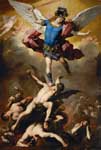
The Fall of the Rebel Angels
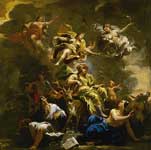
Allegory of Prudence
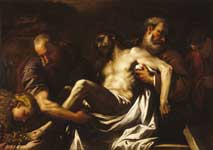
The Entombment of Christ
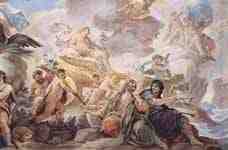
Palazzo Medici-Riccardi : Bacchus with his entourage
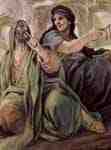
Palazzo Medici-Riccardi : Bacchus with his entourage , detail
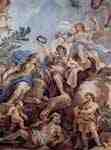
Palazzo Medici-Riccardi : crown of Fortitude
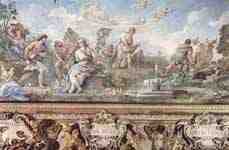
Palazzo Medici-Riccardi : The Mature Age
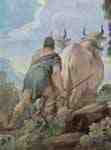
Palazzo Medici-Riccardi : The Mature Age , detail
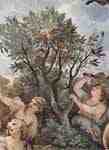
Palazzo Medici-Riccardi : The Mature Age , detail
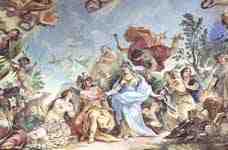
Palazzo Medici-Riccardi : mid-life
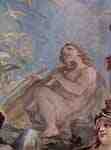
Palazzo Medici-Riccardi : mid-life detail
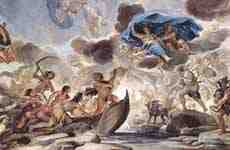
Palazzo Medici-Riccardi : The bark of Charon
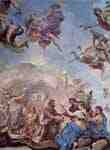
Palazzo Medici-Riccardi : The Creation of Man
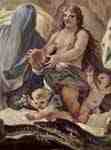
Palazzo Medici-Riccardi : The creation , detail
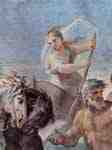
Palazzo Medici-Riccardi : messenger of the gods Iris
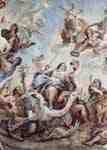
Palazzo Medici-Riccardi : Justizia
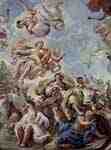
Palazzo Medici-Riccardi : Prudenzia
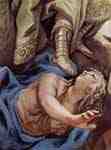
Palazzo Medici-Riccardi : Prudenzia , detail
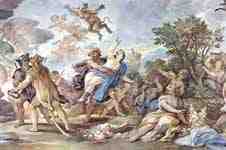
Palazzo Medici-Riccardi : Rape of Proserpina
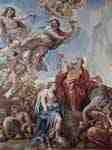
Palazzo Medici-Riccardi : Temperance
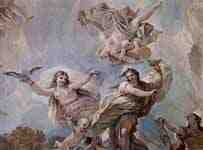
Palazzo Medici-Riccardi : Temperance , detail
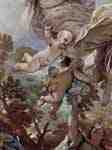
Palazzo Medici-Riccardi : Temperance , detail
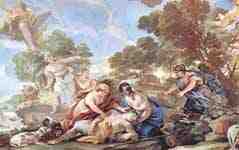
Palazzo Medici-Riccardi : Death of Adonis
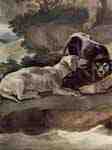
Palazzo Medici-Riccardi : Death of Adonis , detail
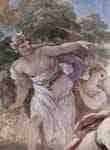
Palazzo Medici-Riccardi : Death of Adonis, detail: Diana
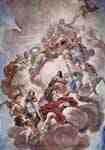
Palazzo Medici-Riccardi : Triumph of the Medici
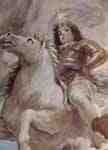
Palazzo Medici-Riccardi : Triumph of the Medici , detail
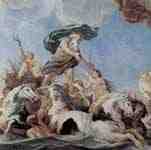
Palazzo Medici-Riccardi : Triumph of the Medici , detail
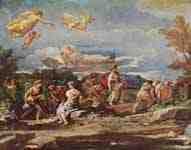
Scenes from mythology : Vertumnus and Pomona
Psyche Honoured by the People,
Psyche Served by Invisible Spirits,
Venus Punishing Psyche With a Task
Psyche's Parents Offering Sacrifice to Apollo
Perseus transforms with Medusa' head Phineus and his soldiers into stone , c.1670
The hunting of Diana,
Venus, Mars and Cupid
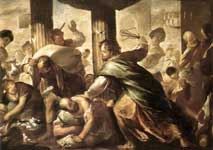
Christ Cleansing the Temple
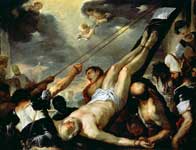
Crucifixion of St Peter
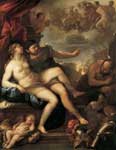
Mars and Venus caught by Vulcan
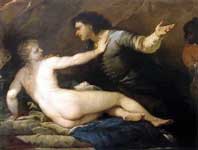
Rape of Lucretia
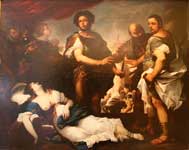
The Death of Lucretia
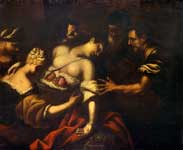
The discovery of the body of Cleopatra
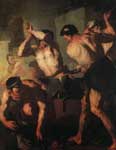
The Forge of Vulcan
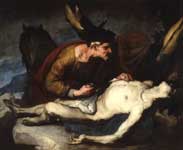
The Good Samaritan
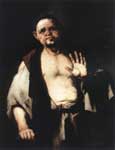
The Philosopher Cratetes
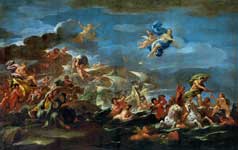
The Triumph of Bacchus Neptune and Amphitrite
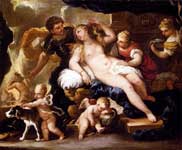
Venus And Mars
Buy Fine Art Prints | Greeting Cards | iPhone Cases
Early life and training
Born in Naples, Giordano was the son of Antonio Giordano, an undistinguished painter. At a precocious age, Giordano was apprenticed to Ribera on the recommendation of the viceroy of Naples. He supposedly later worked under Pietro da Cortona. He acquired the nickname of Luca Fà-presto (Luke Work-fast). This nickname was apt since he showed an astounding celerity in handling the brush, but it is said to have been given to him by his father who, poverty-stricken and greedy of gain, was perpetually urging his boy to exertion with the phrase, "Luca, fà presto". The youth obeyed his parent to the letter, and would actually not so much as pause to snatch a hasty meal, but received into his mouth, while he still worked on, the food which his father's hand supplied. His speed, in design as well as handiwork, and his versatility, which enabled him to imitate other painters deceptively, earned for him two other epithets, "The Thunderbolt" (Fulmine) and "The Proteus" of painting.
Giordano acquired a style fusing Venetian and Roman styles. He combines the ornamental pomp of Paul Veronese with the lively complex schemes, the "grand manner" of Pietro da Cortona. He was noted also for lively and showy colour, and between 1682-83 he painted various fresco series in Florence, including in the dome of Corsini Chapel of the Chiesa del Carmine. In the large block occupied by the former Medici palace, he painted the ceiling of the Biblioteca Riccardiana (Allegory of Divine Wisdom) and the long gallery of the Palazzo Medici-Riccardi. The vast frescoes of the latter are contained in the 1670s gallery addition, overlooking the gardens. The planning was overseen by Alessandro Segni and commissioned by Francesco Riccardi. They include the prototypic hagiographic celebration of the Medici family in the center, surrounded by a series of interlocking narratives: allegorical figures (the Cardinal Virtues, the Elements of Nature) and mythological episodes (Neptune and Amphitrita, the Rape of Proserpine, the Triumphal procession of Bacchus, the Death of Adonis, Ceres and Triptolemus) [1].
Court painter in Spain (1692-1702)
Charles II of Spain towards 1687 invited him over to Madrid, where he remained for 10 years (1692-1702). In Spain, he produced works for the Royal Alcazar of Madrid, Buen Retiro Palace, El Escorial monastery, the cathedral of Toledo, and other sites. Giordano was popular at the Spanish court, and the king granted him the title of a "caballero". One anecdote of Giordano's speed at painting is that, he was once asked by the Queen of Spain what his wife looked like. On the spot, he painted his wife into the picture before him for the Queen.
In Spain he executed numerous works, continuing in the Escorial the series started by Cambiasi, and painting frescoes of the Triumphs of the Church, the Genealogy and Life of the Madonna, the stories of Moses, Gideon, David, Sisera and the Celebrated Women of Scripture, all works of large dimensions. His Dream of Solomon [2] (1693, now at Prado) dates from this period. His pupils, Aniello Rossi and Matteo Pacelli, assisted him in Spain. In Madrid he worked more in oil-colour, a Nativity there being one of his best productions.
Late masterpieces in Naples
Soon after the death of Charles in 1700, Giordano, now wealthy, returned to Naples. He spent large sums in acts of munificence, and was particularly liberal to his poorer brother artists. One of his maxims was that the good painter is the one whom the public like, and that the public are attracted more by colour than by design.
Giordano had an astonishing facility, which often lead to an impression of superficiality of his works. He left many works in Rome, and far more in Naples. Of the latter, his Christ expelling the Traders from the Temple in the church of the Padri Girolamini, a colossal work, full of expressive "lazzaroni"; also the frescoes of the Triumph of Judith at San Martino[3], and those in the Tesoro della Certosa, including the subject of Moses and the Brazen Serpent; and the cupola paintings in the Church of Santa Brigida, which contains the artist's own tomb. Other superior examples are the Judgment of Paris in the Berlin Museum, and Christ with the Doctors in the Temple, in the Corsini Gallery of Rome. In later years, he painted influential frescoes for the Cappella Corsini, the Palazzo Medici-Riccardi and other works.
As a young man he engraved works with considerable skill some of his own paintings, such as the Slaughter of the Priests of Baal. He also painted much on the crystal borderings of looking-glasses, cabinets and others seen in many Italian palaces, and was, in this form of art, the master of Pietro Garofalo.
His best pupil in painting was Paolo de Matteis. However, his influence, like his travels and career, were broad and prolific. For example, he is said to have influenced in Venice, Giovan Battista Langetti, Giovanni Coli, and Filippo Gherardi.[1] Other pupils included Juan Antonio Boujas, Nunzio Ferraiuoli (Nunzio degli Afflitti), Ansel Fiammingo (il Franceschitto), Giovanni Battista Lama, Andrea Miglionico, Giuseppe Simonelli, Andrea Vicenti, Andrea Viso,[2] Ferrante Amendola, Pedro de Calabria, Matteo Paccelli, Francisco Tramulles, Nicolo Maria Rossi, and Anniello Rossi.[3]
Luca Giordano died in Naples in 1705.
Critical assessment and legacy
Giordano has been criticized as being a prolific trader of all styles, and master of none. He has been viewed as a proto-Tiepolo, reanimating that grand manner of Cortona in a style that would brighten with Tiepolo.
References
1. ^ R. Wittkower pages 346, 348.
2. ^ J. R. Hobbes, page 104-105.
3. ^ A Biographical History of the Fine Arts, Being Memoirs of the Lives and Works of Eminent Painters, Sculptors and Architects; Shearjashub Spooner (1873) G. Gebbie, Philadelphia. page lm.
* De Dominici, Bernardo (1729). Francesco Ricciardo. ed. Vita del Cavaliere D. Luca Giordano, pittore napoletano. Francesco RIcciardo, Naples; Digitized by Googlebooks from Oxford University copy on February 5, 2007. http://books.google.com/books?id=_FwGAAAAQAAJ&pg=PA1&dq=Vita+Cavaliere+Luca+Giordano+Dominici.
* Encyclopaedia Britannica 2004 Ultimate Reference Suite DVD
* This article incorporates text from the Encyclopædia Britannica, Eleventh Edition, a publication now in the public domain.
Retrieved from "http://en.wikipedia.org/ ", Text is available under the Creative Commons Attribution-ShareAlike License
